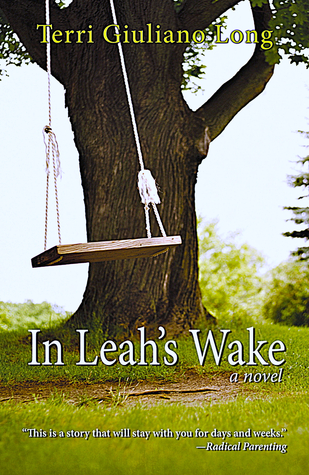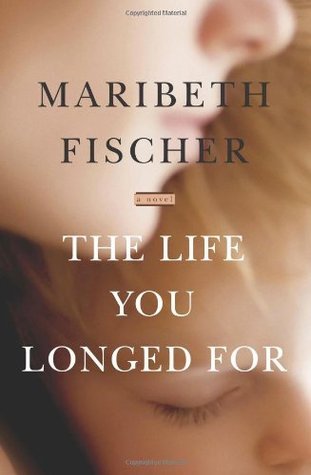
The Rest of Her Life
Book Description
A single moment changes everything, shattering the fragile facade of a perfect suburban life. As a teenage girl faces the consequences of an irreversible decision, her mother grapples with the fallout, torn between love and anger. Relationships unravel, secrets fester, and the weight of guilt looms large, testing the very bonds that hold them together. Every choice ignites tension, pushing them toward an emotional reckoning that will redefine their futures. Can they navigate the chaos and find a path to forgiveness, or is the chasm too wide to bridge? Sometimes, the hardest battles are fought within. What will they sacrifice to reclaim their lives?
Quick Book Summary
In "The Rest of Her Life" by Laura Moriarty, the stability of Leigh's suburban family life is shattered when her teenage daughter, Kara, accidentally kills a classmate in a car accident. The novel delves deeply into the emotional aftermath, exploring guilt, blame, and the limits of forgiveness. As the community turns judgmental and the family faces both internal and external pressures, Leigh’s relationship with Kara is strained by unspoken fears and unresolved wounds from Leigh’s own upbringing. Told primarily from Leigh’s perspective, the story intricately examines the raging conflicts within a mother torn between protecting her daughter and holding her accountable. Through richly drawn characters, Moriarty deftly investigates themes of parental expectations, societal judgment, and the complexities of love, ultimately posing the question of how families confront tragedy and whether true healing is possible.
Summary of Key Ideas
Table of Contents
Mother-Daughter Relationships and Emotional Distance
The novel begins with an ordinary suburban morning, which is quickly upended when Kara, Leigh's teenage daughter, is involved in a tragic car accident that results in the death of a fellow high school student. This event exposes the underlying fragility of the family’s day-to-day life and forces Leigh into the uncomfortable spotlight of her community. As rumors and blame circulate, the once-familiar rhythms of home and community are shattered, setting the stage for emotional upheaval and soul-searching for every member of the family.
Guilt, Forgiveness, and the Burden of Responsibility
Leigh, the mother, finds herself caught between overwhelming guilt and fierce protectiveness. Her desire to shield Kara collides with her awareness of the gravity of her daughter’s actions. The community’s judgment exacerbates Leigh’s sense of isolation, while her own unresolved history with her mother resurfaces, deepening her emotional turmoil. She constantly questions her parenting and worries that she has failed as a mother, analyzing every past decision that might have contributed to the tragedy.
Societal Judgment and the Question of Blame
Kara must navigate her own feelings of guilt, fear, and confusion as she faces legal and social consequences. The aftermath of the accident tests the family’s connections, pushing Kara and Leigh closer at times but also forcing them apart as misunderstandings and resentment grow. Leigh tries to console her daughter while struggling to process her own emotions, and their fraught relationship is mirrored in Leigh’s reflection on the distant bond she experienced with her own mother.
Family Secrets and Personal History
The scrutiny of the broader community serves as both a source of conflict and a mirror for the family’s struggles. Friends and neighbors recoil or offer superficial support, complicating the family’s ability to grieve and heal privately. Leigh’s husband and son have their own reactions and coping mechanisms, further complicating the family dynamic. The novel masterfully portrays how quickly judgment can erode trust, and how public opinion seeps into private life, intensifying already painful emotions.
The Path to Acceptance and Moving Forward
As the family grapples with their new reality, Leigh ultimately confronts her own flaws and fears, learning to accept imperfection and vulnerability. The novel does not offer easy redemption but instead suggests that grace comes from acknowledging pain, accepting responsibility, and finding the courage to reach out for forgiveness. Intimate and introspective, "The Rest of Her Life" is a moving exploration of how a single moment can redefine not only a family’s future but individuals' understandings of love, blame, and acceptance.
Download This Summary
Get a free PDF of this summary instantly — no email required.





